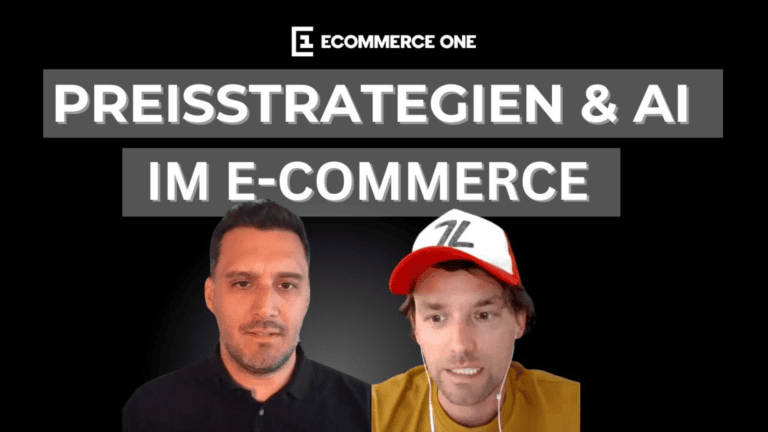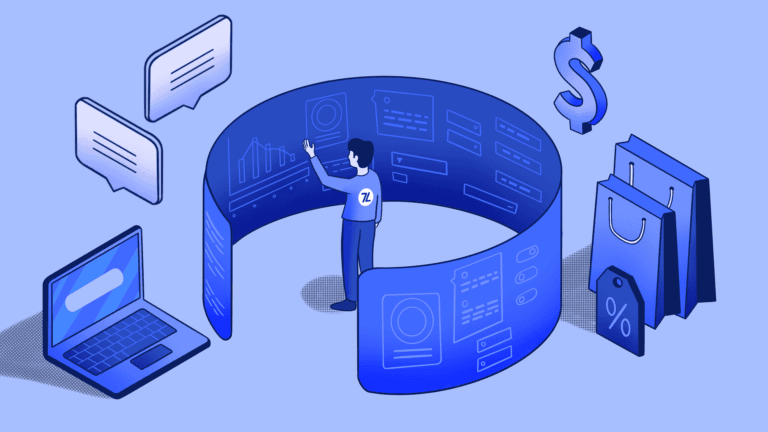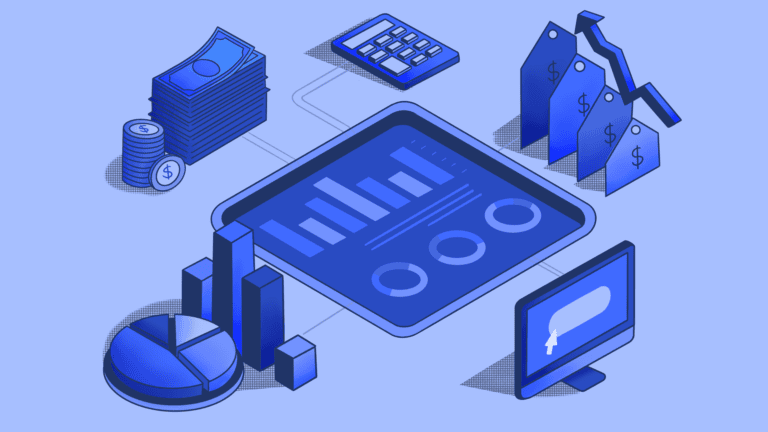The retail pricing landscape is undergoing a remarkable transformation, driven by advancements in artificial intelligence, data analytics, and shifting consumer expectations. Today, retailers are having to reconsider their approach to pricing strategy as pressures from inflation, rising interest rates, and changing consumer demands continue to bite. With the landscape shifting faster than ever, what does this mean for retail pricing in the future?
7Learnings recently partnered up with EPP – Pricing Platform for a webinar exploring how retail pricing will look in 2030. During this webinar, 7Learnings CEO Felix Hoffmann discussed the challenges faced by retailers today, the technical enablers driving change, and how AI is poised to revolutionize pricing strategies.
We at 7Learnings were delighted to be joined by participants from companies such as Garrett, Honda, and Tamoil, amongst others. For those who missed the webinar, you can watch (or rewatch) the video here, or continue reading for a brief synopsis.
Retailers face a large number of challenges today
It is a very dynamic period for pricing, and retailers currently have to contend with a range of challenges. The post-corona correction in the market, aggressive competition (particularly from China), cost increases, supply chain issues, struggles in recruiting talent, rising coupon spending and increased customer expectations for discounts, more sales channels, and assortment size increases – all of these make for an incredibly complex landscape.
In a poll conducted during the webinar, participants identified the most pressing challenges for their business:

To keep up with these complex challenges, a similarly advanced pricing strategy is required. However, today over 50% of retailers are still using traditional rule-based pricing methods in Excel, and consequently, their business is suffering.
Cloud computing
Cloud solutions allow for limitless low-cost compute and storage, greatly reducing development costs.
Machine learning models
There are a number of high-quality machine learning models available as open source models, and a large community of developers dedicated to continuously improving these models.
Data lakes
Data lakes enable the collection of a vast amount of data, stored in a data warehouse or in the cloud. This is relevant for AI-enabled pricing solutions as they need to have access to historical transaction, price history, and stock data. The increase in data availability is key.
AI acceptance
AI has seen rapid advancements in recent years, and acceptance of AI solutions continues to grow. This increased trust is a positive trend, as AI has the ability to transform the potential of a number of industries.
Read on: A new generation of retail: innovative uses of AI in retail
There are also positive trends in pricing processes
Fortunately, there have also been some positive trends. Technological enablers of more advanced pricing solutions have been flourishing, and we have identified four key drivers of innovation.
Effects of artificial intelligence on retail pricing
We are currently undergoing a new revolution around the automation of decisions, a progression from the automation of tasks which has occurred over the last 200 years. The question now is what decisions will be automated? This depends on the ease of automation. Given its ease of automation as well as the impact potential, “how to sell” will become one of the first decisions to be fully automated.
Retailers will have to adapt to this automation of pricing decisions soon, as they will find themselves at a competitive disadvantage once more of their competitors have adopted AI for pricing. We are currently in the early adoption phase.
What will retail pricing look like in 2030?
In the future, pricing decisions will be made using the full potential of available data, completely eliminating the need for any rule-based systems. In 2030, the paradigm will shift from rules to targets; for examples, instead of simply trying to get rid of old stock, retailers will be able to set revenue targets for their old stock, thus eliminating the need for blanket discounts and enabling optimal price setting on a product level.

“Today, people are setting rules, uploading the prices, and then checking the impact. That is a completely broken process.”
Felix Hoffmann, CEO, 7Learnings
Today, competitor data is overused in pricing strategies, which can lead to a case of “the blind leading the blind” as nobody is really setting optimal prices, and stock considerations tend to be overlooked. AI algorithms have the ability to continuously self-learn from fluctuations in demand caused by price changes. In 2030, price elasticity will be inherent in the predictions, and the need for manual work will be eliminated. Additionally, the algorithm will clearly explain how these decisions were made.

Due to the high complexity and shortage in available talent, many retailers will not likely be able to rise to the current challenges alone. Fortunately, there are advanced pricing solutions on the market which can be seamlessly integrated into the business without the need for any in-house building. Even for those that can build an in-house solution, the question becomes whether the predictions are actually good enough and make use of all available data. For these reasons, opting for a 3rd party predictive pricing solution is the preferred approach.
Q & A
Will AI really be able to determine why decisions are made when most human decisions are emotionally based?
It is possible, and the pricing software should also show this by displaying how forecasts have been decided upon using relevant data. With AI, the pricing decision will be automated using various determining factors to accurately predict human choices.
How can the algorithm break down different driving factors for the prediction of future sales?
The algorithm is continuously learning the impact of historic data (e.g. weather, promotional spending, store space, coupon sales, etc.). It breaks down these drivers, including how they affect elasticity, and factors them into its decision.
Can the increased speed of price changes due to automation potentially decrease customer satisfaction?
Predictive pricing doesn’t necessarily mean you need to increase the frequency of price changes; you are just making decisions in a different way. The frequency at which you change your prices is still a discretionary decision and should align with your business goals.
We would like to thank EPP and all of the participants for joining this webinar on pricing in 2030.
Follow us on LinkedIn to keep updated on future events.



